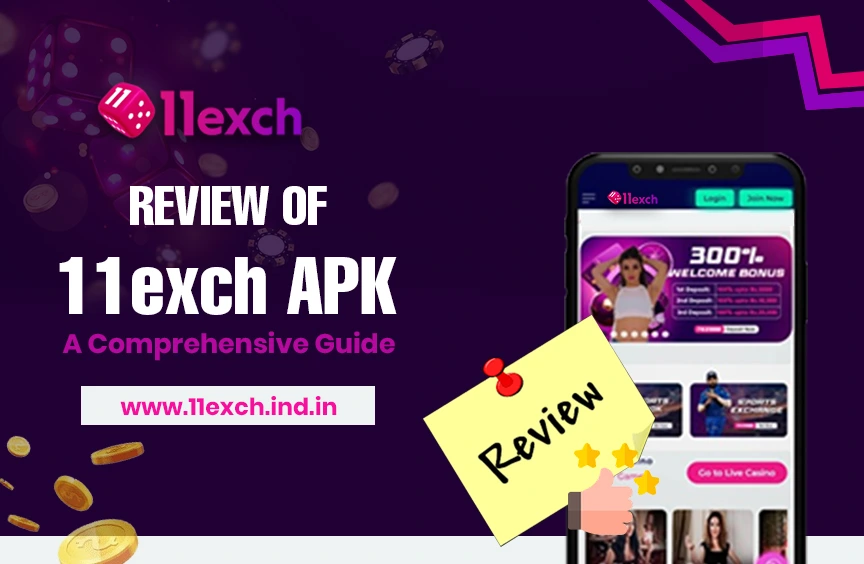Mastering In-Play Betting: A Technical Blueprint for Advanced Wagering/Betting Strategies
In-play betting, also known as live betting, stands at the nexus of real-time data analytics and sophisticated sports wagering. This ‘new’ way of betting requires detailed knowledge of the sport as well as methodical approaches of trading in margin rooms, time management and making decisions in rapidly changing circumstances with uncertainty risks. Conventional betting can be termed as traditional since it is done before the match is played primarily based on pre-activity information, while the in-play betting concerns continuously going live through active metrics and making decisions through calculated statistics and high frequency trading (HFT) very quickly.
Thus betting trends in evolution show a shift from basic betting up to in game betting which contours betting to a more technicalized approach which is driven by data in such a way that seconds relative to the duration of an activity may be the difference between profit and loss. You can place in-play betting on 11exch.
The Technical Framework of In-Play Betting
In-play betting allows the odds to be moved at any time, which are therefore dependent on the active game and in the prescriptive in-play betting terms refers to the real game taking place. Here, this infrastructure change entails modifying the existing structures to include real time data processing engines employing high frequency trading algorithms similar to those used in stock trading floors. There is a technical setup for in-play betting which enables the collection of live data in huge quantities where calculations of the odds are made at segmentation intervals of less than a second and decision making of the bettor in real time.
Key Technical Elements:
- Real-Time Data Ingestion: One of the most important elements of in-play betting is the ingestion and processing of real-time data. This is enabled by an event-driven architecture where every occurrence in the game such as a goal, foul, or a substitution will cause recalculation of odds. There is a need to include real-time API as it lets to know what is happening on the event, how players’ biometrics, positional tracking, and other advanced measures like Expected Goals (xG) or Player Efficiency Ratings (PER) at any fraction of time.
- Quantitative Analysis Models: The next level to in-play betting is making use of Quantitative Analysis (QA) in this case codes the bets. This means taking the historical and current data applying machine learning algorithms to it in order to predict what could happen. The modern methods of updating probabilities include Bayesian inference models and Markov Chains. These models are probabilistic and enable real time hands with the odds fixed on emerged opportunities in the course of the game.
- Predictive Analytics: As a very distinct component of in-play betting, Predictive Analytics is used to the full as time-series modeling and machine learning is utilized to forecast what possible states the game can take next. For instance, scoring event forecasting in soccer can be performed by foot using Poisson regression models while the users can assess risks and possible returns for different betting options using Monte Carlo simulations.
- Algorithmic Betting Systems: Leveraging Algorithmic Trading Systems (ATS), similar to those used in stock trading, allows bettors to automate decision-making processes based on predefined criteria. These systems utilize Complex Event Processing (CEP) engines to analyze live data streams and execute bets with minimal latency. High-Frequency Betting (HFB) algorithms further exploit small, fleeting price inefficiencies in the betting markets, integrating Quantitative Trading Strategies (QTS) such as statistical arbitrage and mean reversion techniques.
In-Play Betting in Specific Sports
Different sports give themselves to in-play betting at different levels with their own technical and statistical peculiarities:
- Football (Soccer): Owing to the intricate nature of the game, in-play betting on football is very common. Positional modeling of tracker data and state-space models incorporate player position data and attempt to forecast scoring possibilities. It is imperative to also consider such metrics as Pass Completion Ratios (PCR), Zone 14 involvement, and Pressing Efficiency for a sound bet. Their advancement, such as Artificial Neural Networks (ANNS), forms are used for prediction modeling so as to help make timely decisions with minimum errors.
- Tennis: Tennis in-play betting is particularly concerned with point wise predictive models which take into account serving speed, return of serve and endurance of the player since these variables are major determinants on point outcome. The Monte Carlo technique is frequently applied by sports betting modelers for chances of winning the subsequent scoring ball, the game or a set. Fatigue modeling including heart rate variability and lactate threshold measurement is also important to estimate how the performance of a player will deteriorate during a match and thus affecting the odds.
- Cricket: In the sport of cricket, in-play betting consists of various factors that include a complex mathematical formulation like the DLS (Duckworth-Lewis-Stern) method used for interrupted matches, or even the Wagon Wheel diagram for measuring the probability of making boundaries. Modeling running scoring in cricket using the Poisson distribution and ball to ball data is very important in forecasting even based on the factors of spin deviation, pace off the pitch etc. Self-learning medical systems assist in enhancing bets through odds based on the live data of bowling and batting strike rates. You can check 11exch app for more sports betting options and details related to it.
Advanced Strategies for Precision In-Play Betting
In that respect enabling the technical sophistication of upholds requires that the players settle on the stats-based, algorithm-based, and superior risk manager oriented approaches:
- Latency Optimization: Reducing latency in data acquisition and bet execution is critical. Co-location services tread a fine line since they entail housing physical servers in close proximity to sources of the data in order to cut down such time delays so as to gain a competitive advantage in high-frequency betting.
- Monte Carlo Simulations: Monte Carlo Simulation is an advanced approach by which uneven upsets or unlucky patterns on a particular event are mitigated through purposeful means crippled events are compensated by auxiliary means – bets which risk or compete against the lost resources through complimentary elasticity allowing for more aggressive stigmatization of predicted outcomes thus diminishing losses from irrational bets. In many cases these meaning is not applicable one, since it is easily understood that purposeful simulative games imitation of gambling games in order to explore different suspected outcomes and let understanding how such or similar game would behave with a real betting context are usually not accepted. With this type of simulation, more data is available, such as in the previous example.
- Data Fusion Techniques: Due to in-play betting’s propensity for making money rather effortlessly, advanced Data Fusion Methods that include GPS tracking data, Biometric sensors and Video Analytics are used. There are opportunities of improving the model of the game and hence improving the betting opportunities as more and more separate data sources are being integrated.
- Risk Management via Hedging: Advanced bettors make use of derivative contracts in place of hedging to manage their risks in a forecasted outcome. This entails making additional bets opposite to already placed bets to secure either a profit or a loss from changes in the odds offered at the time. Predictive analytics tools further refine risk management practices with the help of regression analysis, logistic regression and other techniques.
Conclusion:
In-play betting is the crown jewel of all sports wagering, being the most advanced due to the combination of technologies, statistics, and algorithms. The prospects for the development of in-play betting will remain and are associated with the improvement of data science, machine learning, and real-time analytics. Such techniques will not only come into the limelight with the advancement of the sports betting industry but also those who possess the advanced techniques will be most successful in this competitive profitable market.
In order to succeed in this area, one needs to progress in a systematic manner by using a more high-tech approach in quantitative analysis, predictive modeling and algorithmic trading. This way, bettors will discover the new horizons of value in the betting events which happened and make their betting practices more fruitful in the long term. Ready to place bets? Do 11exch signup now!






